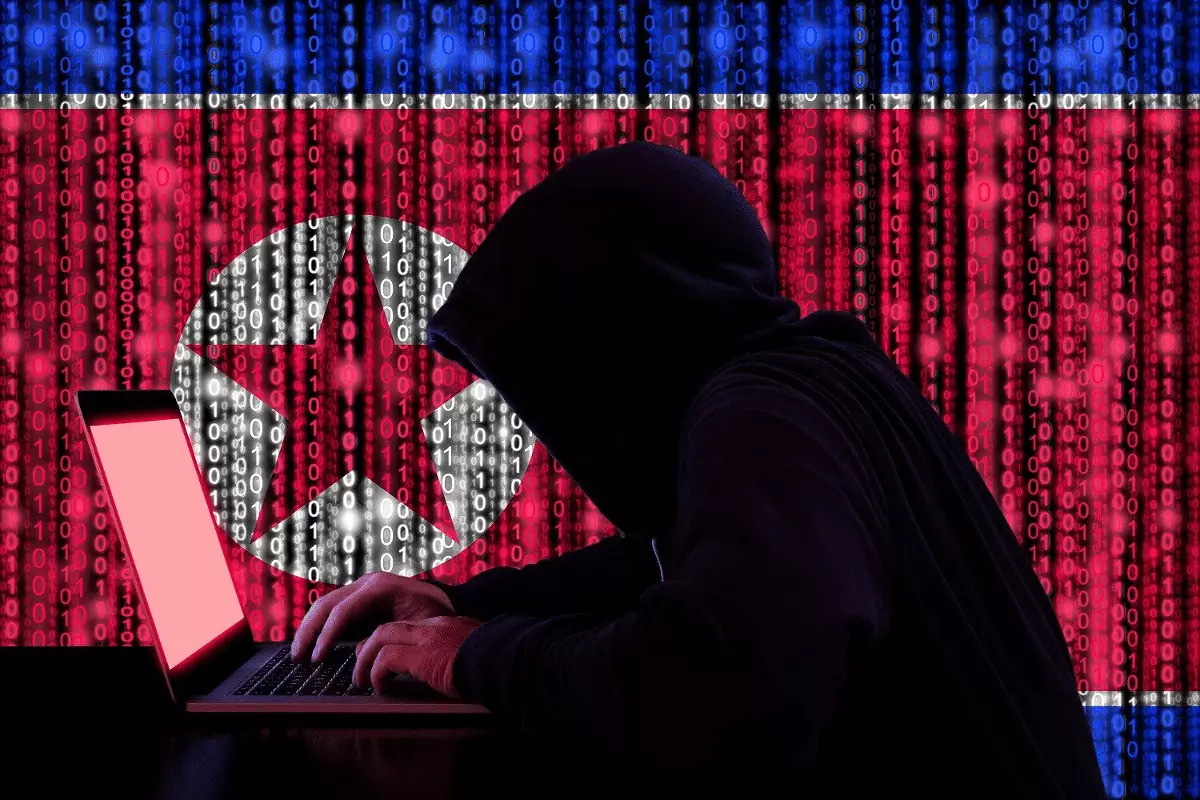The Lazarus Group, a North Korea-sponsored hacking syndicate, has once again made headlines in the world of cryptocurrency. Recently, this notorious group completed their largest transaction in over a month, transferring $1.2 million worth of cryptocurrency from a mixer. This article aims to delve deeper into the details of this transaction and shed light on the Lazarus Group’s involvement in the cryptocurrency industry.
On January 8, blockchain analysis firm Arkham reported that the Lazarus Group made a significant move in the cryptocurrency space. The group processed the transaction by moving the assets from a coin mixer to a holding wallet, resulting in a withdrawal of $1 million in Bitcoin (BTC). Surprisingly, $150,000 of the withdrawn BTC was sent to an inactive address previously used by the Lazarus Group.
To give some background, the Lazarus Group utilized a coin mixer or tumbler in their recent transaction. These services are designed to obscure the ownership of cryptocurrencies by combining coins with those from other users before redistributing them. By doing so, it becomes challenging to trace the origin and recipients of the funds. Unfortunately, the specific coin mixer used in this transaction remains unidentified.
The Lazarus Group’s involvement in cryptocurrencies is just one aspect of North Korea’s growing interest in the digital asset space. A report by Recorded Future’s Insikt Group highlights a significant increase in North Korea’s focus on cryptocurrency, estimating a staggering $3 billion in digital asset theft. The origins of the group’s illicit activities can be traced back to 2017 within the South Korean market, but they have since expanded globally.
In 2022, the Lazarus Group was accused of stealing $1.7 billion in cryptocurrency, which equates to 5% of North Korea’s economy or 45% of its military budget. These stolen funds serve as a vital source of revenue for the Korean government, allowing it to sustain operations despite facing international sanctions.
The Lazarus Group’s activities are not limited to stealing funds but also involve sophisticated money laundering methods. Research findings indicate that the group compromises users’ private keys or seed phrases, transferring the stolen funds to wallets controlled by the Democratic People’s Republic of Korea (DPRK). These assets are then exchanged for other cryptocurrencies, making it even more challenging to trace their origin.
TRM Labs, a blockchain firm, released a report stating that the Lazarus Group might have absconded with up to $700 million in cryptocurrency in 2023, though they have confirmed $600 million through their research. North Korea constantly adapts its money laundering methods to evade international law enforcement pressure. Despite advancements in cybersecurity and increased collaboration among exchanges, TRM Labs predicts that 2024 will witness further disruptions from this unparalleled cyber-thief.
The Lazarus Group’s recent $1.2 million cryptocurrency transfer exemplifies their ongoing activities in the digital asset space. Through the use of coin mixing services and money laundering techniques, they continue to challenge authorities’ ability to trace and recover stolen funds. As the world braces for further cyber threats, it is imperative for both individuals and institutions to remain vigilant and employ robust security measures to safeguard their digital assets.

